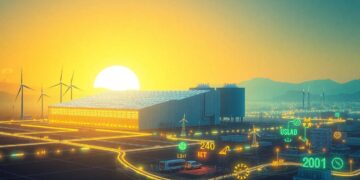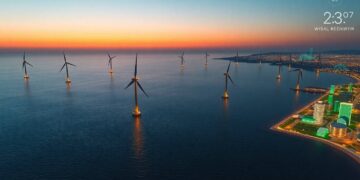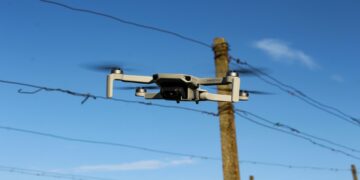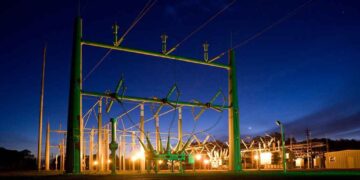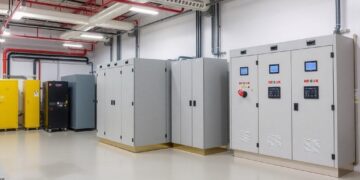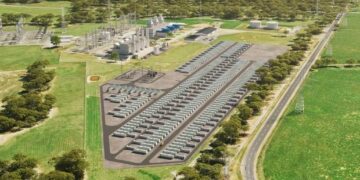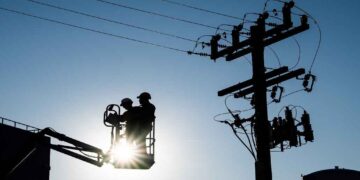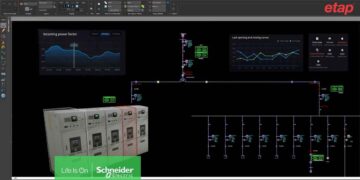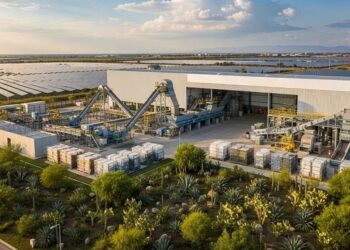It is well to be noted that the European Network of Transmission System Operators for Electricity- ENTSO-E went on to publish its EU Offshore Network Development Plans- ONDPs. The ONDPs happen to be the first absolute cross-border review when it comes to existing offshore grid capacity as well as future offshore grid requirements at the sea basin level. They will aid in accelerating the broadening of offshore wind and also facilitate the rollout of innovative grid solutions in order to integrate offshore wind power across Europe’s energy system.
The fact is that the ONDPs translate the EU Offshore Renewable Energy Strategy as well as the national commitments at the Marienborg and Ostend Summits into offshore transmission equipment requirements as well as related costs.
Apparently, the plans happen to give out visibility to the offshore wind developers, investors, as well as the grid equipment supply chain on what offshore grids to anticipate for each European sea basin by 2030, 2040, and 2050. They are indeed the key to better coordinating the broadening of offshore wind between countries as well as accelerating its deployment.
496 GW of offshore renewables targets by 2050
Offshore renewables are all set to become the third-most significant energy source across the European power system. The EU at present happens to have just under 20 GW of offshore wind. By 2050, it desires to have at least 300 GW. The ONDPs even go on to see a potential figure of 384 GW of offshore renewables in the EU by 2050 and 496 GW in Europe as a whole.
It is well to be noted that building all these wind farms will need to have a substantial expansion of offshore grid capacity. So as to make sure of the most efficient grid buildout possible, future grid connections have to be designed at sea basin level rather than at the national level. ENTSO-E presents five varied ONDPs, one each for the North Seas, the Atlantic Basin, the Baltic, the West Mediterranean, as well as the East Mediterranean and Black Sea.
As per the CEO of WindEurope, Giles Dickson, there happens to be a new urgency around grids across Europe. The ONDPs happen to be a significant step forward. They will help people decide how best to come up with offshore grids that are cost-effective as well as environmentally friendly. They go on to identify existing grid bottlenecks and also how to tackle them. They also go on to inform the evolution of hybrid offshore wind farms and energy islands, as well as other innovative ways of integrating offshore wind power across the energy system of Europe.
Clearing the path for hybrid offshore wind farms
The ONDPs happen to see significant potential when it comes to hybrid offshore wind farms, which happen to be having connections to two or more countries. Hybrids could very well become an integral part of Europe’s meshed as well as interconnected offshore grid. As per the ONDPs, 14% of all offshore renewables could go on to be connected as hybrids.
Hybrids enable more efficient energy flows as well as more coordinated approaches when it comes to grid planning. They will make Europe’s energy security more robust and will help bring electricity expenditures down for European households as well as businesses.
The European wind industry happens to be willing to invest in hybrid offshore wind farms if the business model is absolutely right. Exactly where and when those hybrids get manufactured will depend on project-by-project decisions pertaining to the investment. But the present regulatory framework does not offer a clear revenue perspective for developers.
Next steps to speed up offshore wind
So as to accelerate the expansion of offshore wind:
- The EU has to establish the right cross-border cost-sharing mechanisms. It is well to be noted that under ongoing EU Electricity Market Design discussions, the EU has gone on to propose Transmission Access Guarantees- TAG which will aid in de-risking investments within hybrid offshore wind farms. The EU should urgently go on to implement TAGs now.
- The transmission system operators- TSOs have to spell out the potential for hybrid connections. TSOs should go on to clearly indicate as to how much capacity they are expecting to be connected radially to one national onshore landing point and also how much capacity they anticipate to be hybrid, which is connected to two or more landing points. This is indeed critical to creating long-term market reliability when it comes to wind farm developers, OEMs, as well as grid operators.
- Apparently, the European Commission has to give active guidance to Member States. The Commission ought to take the lead and also guide Member States on cross-border cost sharing mechanisms in order to avoid underinvestment as well as delays. The Commission must begin paying much closer attention to whether national grid development goes on to sync with the EU’s energy security along with the climate targets.
- Member States have to be reserving grid capacity and make sure of adequate anticipatory investments. This will lead them to make sure that their onshore infrastructure is ready in order to integrate electricity from radial as well as hybrid offshore wind farms and also offshore renewable hydrogen production.
Dickson adds that the political support for the progress of offshore wind happens to be extremely strong. Not just across the North Sea, but at the same time in the Baltic, Black Sea, Atlantic, Mediterranean, as well as the Caspian Sea. But the politics surrounding grid access and grid connections, specifically hybrid grid connections, happen to be complicated. It is thereby essential to resolve the cost-sharing challenge as soon as possible, or else the EU will risk missing out on investments.
The ONDPs happen to be a legal requirement under the TEN-E revised regulation from the EU. They will get integrated along with national onshore grid development plans, and post the first launch, which has taken place, the ONDPs are going to be reviewed every two years in order to bring them in line with technological advancement as well as growth in grid development.











